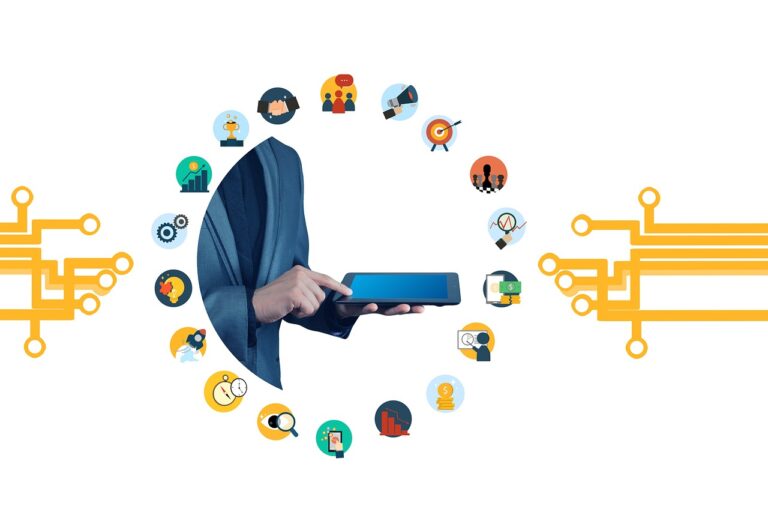The Role of Gamification in Employee Training
Gamification in employee training has emerged as a powerful tool to enhance the learning experience within organizations. By incorporating game elements such as points, rewards, and competition into training programs, employees are motivated to actively participate and engage with the content. This not only makes the learning process more enjoyable but also fosters a sense of achievement and accomplishment among employees.
Furthermore, gamification allows for real-time feedback and performance tracking, enabling both employees and trainers to monitor progress and identify areas for improvement. This immediate feedback loop not only encourages continuous learning and skill development but also ensures that employees are able to apply their newly acquired knowledge effectively in their roles.
Increasing Employee Engagement through Gamification
Employee engagement is a vital aspect of any organization’s success. Utilizing gamification in employee training can significantly boost engagement levels among employees. By incorporating elements such as rewards, leaderboards, and interactive challenges into the learning process, employees are more likely to be motivated and engaged in their training.
Gamification allows employees to be more actively involved in their learning experience, rather than passively absorbing information. This hands-on approach encourages employees to participate more enthusiastically, leading to increased engagement levels. As employees progress through training modules and overcome obstacles in a game-like setting, they are not only learning new skills but also enjoying the process, ultimately enhancing their overall engagement with the training program.
Enhancing Learning Retention with Gamification
Gamification has been proven to significantly enhance learning retention among employees in various industries. By incorporating game elements such as points, badges, and leaderboards into training programs, employees are motivated to actively engage with the material and retain the knowledge better. The interactive and competitive nature of gamification creates a more stimulating learning environment, making it easier for employees to remember and apply the information in real-world scenarios.
Furthermore, gamification encourages continuous learning and reinforces key concepts through repeated engagement. By breaking down complex topics into smaller, digestible chunks and presenting them in a fun and interactive way, employees are more likely to stay engaged throughout the training process. This approach not only boosts learning retention but also fosters a sense of accomplishment and satisfaction, leading to higher levels of motivation and performance within the organization.
• Gamification incorporates game elements such as points, badges, and leaderboards
• Employees are motivated to actively engage with the material
• Interactive and competitive nature creates a stimulating learning environment
• Easier for employees to remember and apply knowledge in real-world scenarios
• Gamification encourages continuous learning
• Reinforces key concepts through repeated engagement
• Breaks down complex topics into smaller, digestible chunks
• Presents information in a fun and interactive way
Overall, gamification is an effective strategy for enhancing learning retention among employees. By making training programs more engaging and interactive, organizations can improve knowledge retention, boost motivation levels, and ultimately enhance performance within the workforce. The use of game elements not only makes learning more enjoyable but also reinforces key concepts in a memorable way. As technology continues to advance, incorporating gamification into training programs will become increasingly important for organizations looking to stay competitive in today’s fast-paced business environment.
How does gamification improve learning retention in employee training?
Gamification provides a more engaging and interactive learning experience, which helps employees retain information better compared to traditional training methods.
What benefits does gamification offer in employee training?
Gamification can increase employee engagement, motivation, and participation in training programs. It also helps in creating a competitive and fun learning environment.
How can gamification enhance employee engagement in training?
By incorporating game elements such as rewards, points, and leaderboards, gamification makes training more enjoyable and encourages employees to actively participate and complete the training modules.
Can gamification be used for different types of training programs?
Yes, gamification can be applied to various training programs, including compliance training, onboarding, soft skills development, and product training, to make the learning experience more effective and enjoyable.
Is gamification suitable for all types of employees?
Gamification can be tailored to suit different learning styles and preferences, making it suitable for employees across various age groups and industries. It can be especially effective for engaging millennial and Gen Z employees who are accustomed to digital and interactive learning experiences.







